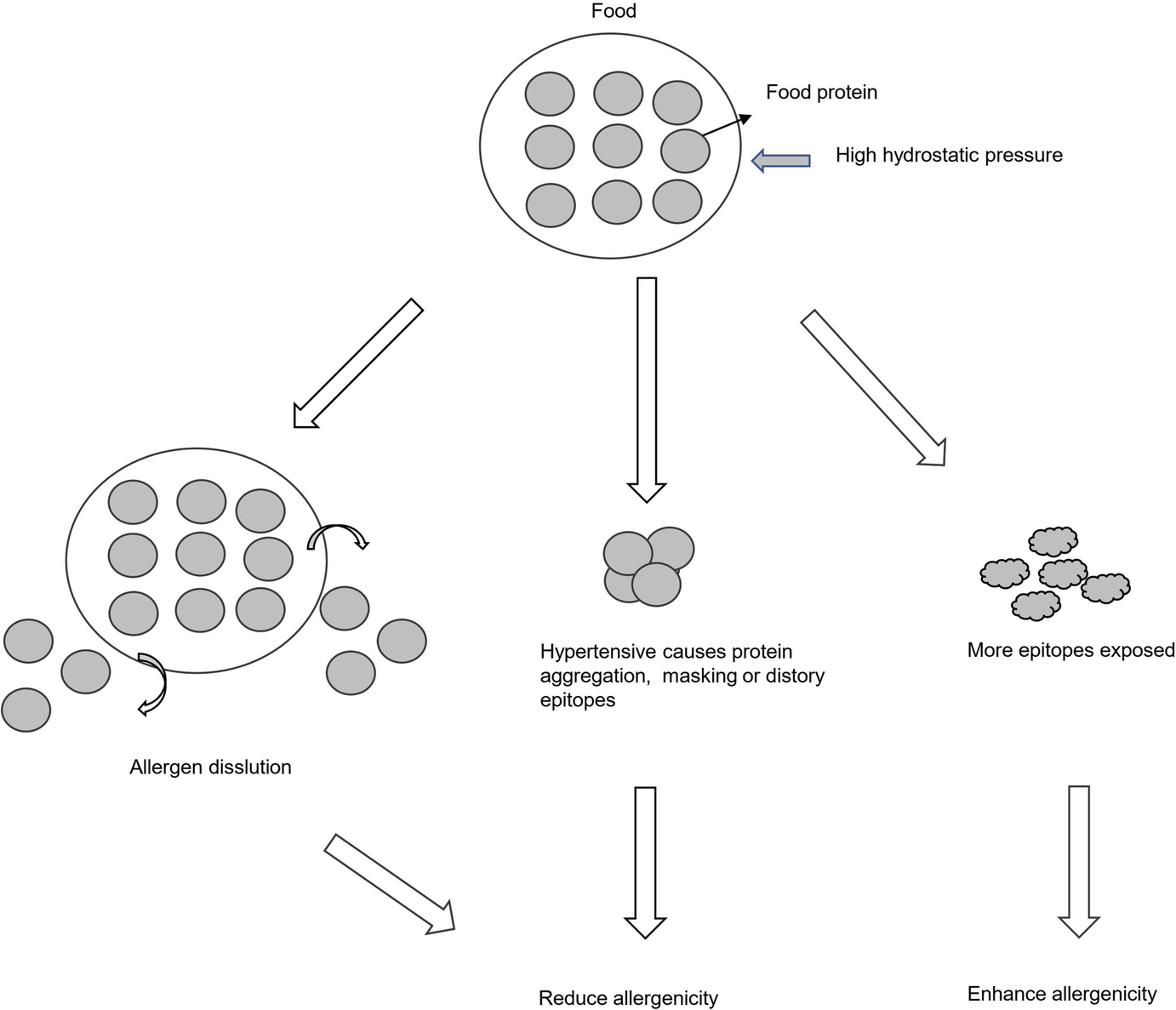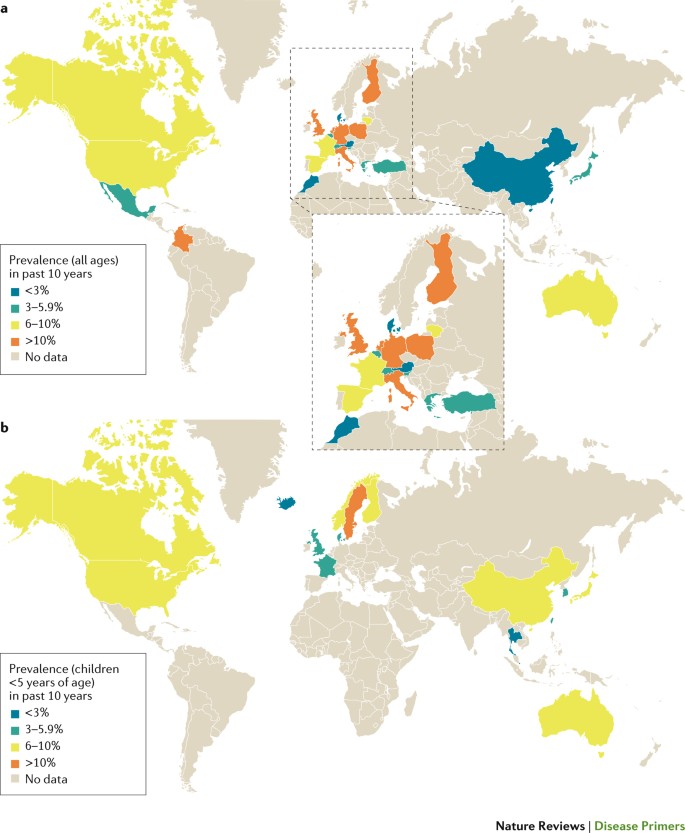

In this review, the processing effects on protein structure and allergenicity are discussed along with the insinuations of recent studies and techniques for establishing a platform to investigate future pathway to reduce or eliminate allergenicity in the population. Conformational epitopes can be modified by processing or residence time within the food matrix, although linear epitopes will generally withstand denaturant conditions in the food. Various modern means are now being employed to understand the conformational changes in the protein which can affect the allergenicity. Under the circumstance, it is very important to understand the structural changes in the protein as food is processed to comprehend whether the specific processing technique (conventional and novel) is increasing or mitigating the allergenicity. Though, this fact is widely attributed to the changing livelihood of population in both developed and developing nations and to the introduction of new food habits with advent of novel foods and new processing techniques, their complete role is still uncertain. To improve consumer safety, labeling of the eight major allergens became mandatory within the U.S. Undeclared traces of allergenic substances in food may cause problems for allergic individuals as they are inadvertently exposed to the offending substance. During the same period of time, there is a clear rise in the populations suffering from food allergies, especially infants and children. Selecting a Suitable Food Allergen Detection Method.

These days, food preservation has come a long way since simple salting and pickling. These novel processing methods tend to preserve the characteristic properties of food including their organoleptic and nutritional qualities better when compared with the conventional food processing methods. For centuries, we’ve been processing raw foodstuff to prolong its shelf life. Food processing mostly involves mincing and macerating, liquefaction, emulsification, cooking (such as boiling, broiling, frying, or grilling) pickling, pasteurization, and many other kinds of preservation and canning or other packaging of food.

With the turn of this century, novel food processing techniques have become commercially very important because of their profound advantages over the traditional methods. Food is usually processed to ensure proper preservation, and as well to derive other useful food products from them.


 0 kommentar(er)
0 kommentar(er)
